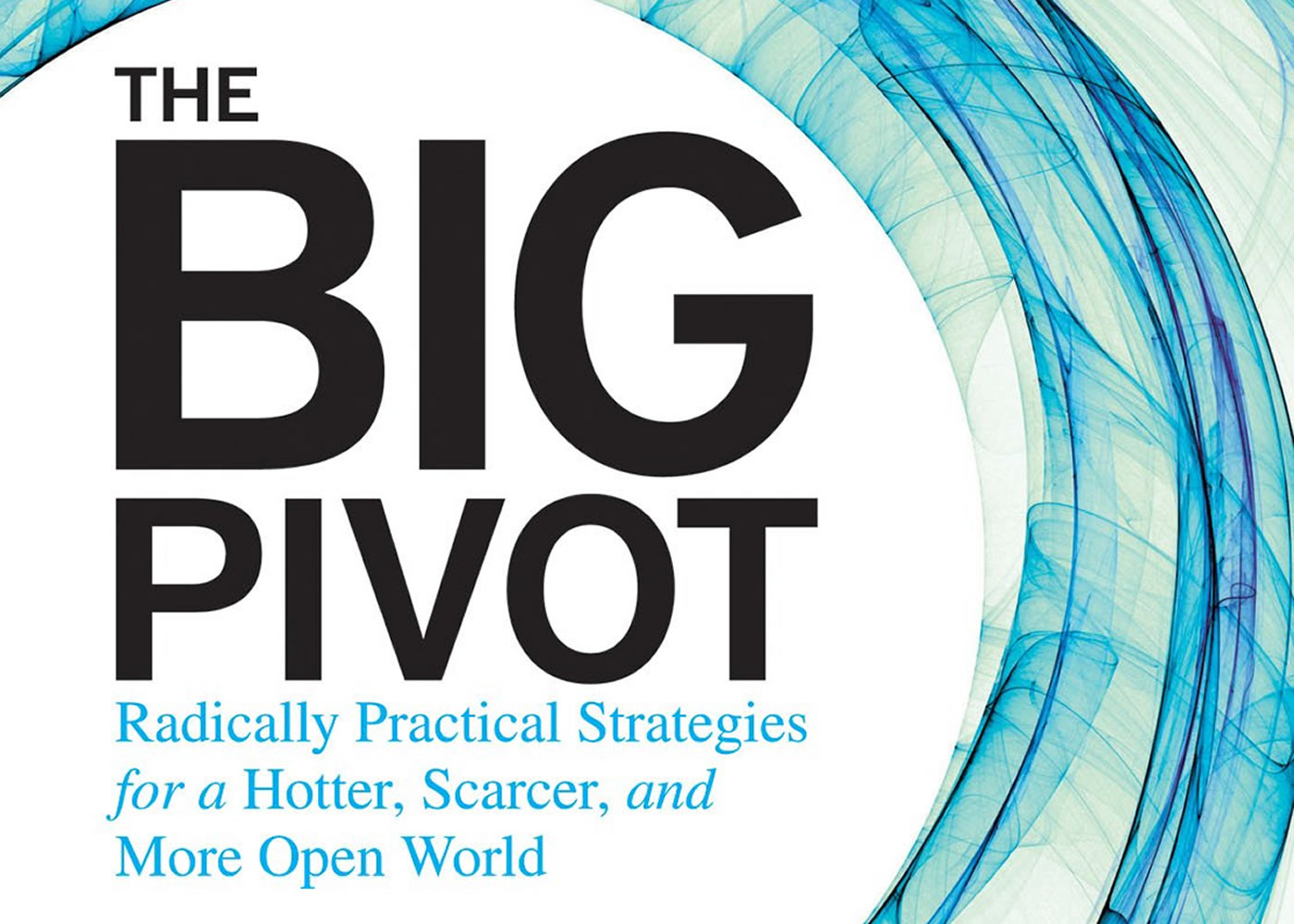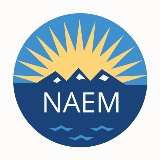Andrew Winston Says it's Time for a "Big Pivot"

GT: What is "the big pivot"?
AW: The big pivot is a fundamental shift from the way business operates now, which is mainly to maximize short-term earnings and address environmental, social, or big shared challenges when the return is right. The idea is to flip that so we are operating in a way in that tackles our biggest problems and uses the tools of capitalism, the markets and competition to do it the most profitably. This is a deep change for almost all large public companies. The basis behind it is that we are facing some serious challenges around the world: The world is getting hotter due to climate change; resources are become scarcer and are generally getting more expensive; and the world is getting more transparent so how companies operate up and down their supply chains is open to public scrutiny. Given the scale of these shifts the way business operates now is just not adequate to the challenge so I lay out in the big pivot ten kind of key strategies for navigating and managing the scale of the challenges we are facing.
GT: If you could prioritize any of the steps to initiate a conversation like this inside of a company, what would they be?
AW: Well, I do talk about them in somewhat of a priority in that that vision for the pivot has three elements that really are the crux; if we got those right the others would kind of fall in place. The first is fighting short-termism and the pressure on business to maximize quarterly cash returns. The second is setting the goals. How do we establish what our targets are going to be? Do we set them internally, start bottom up, or are we looking to external benchmarks like science to make a science- based goal? Among the first things a company can do is step back and ask if they are setting their sights large enough for the nature of the challenges we have. The third is what I call radical innovation. This is asking really tough questions of your business.
GT: In NAEM’s 2014 trends report, “Planning for a Sustainable Future”, we described some of these over-the-horizon types of conversations. Do you have examples of companies that are starting to incorporate some of this thinking?
AW: No one company was doing everything, but creating examples in every dimension. I will touch on many in the webinar, but if one key example is Ford. For eight years now, Ford has had the scientific targets on climate at the center of their product development as they thought through what their portfolio needs to look like. Their goal was to make vehicles that to help the world meet those targets. This thinking led to the creation of the Ford F150 truck which came out early last year that is 700 hundred pounds lighter than the previous version. This is a perfect example of using that external threshold of science to set goals and how it leads directly to changing the kind of products you are producing.
I also talk about Unilever a lot throughout the book and their efforts to fight short-termism. There are recently some really interesting examples of companies making big pivots, like NRG, which set its long-range goals and said it will cut carbon by 90 percent between now and 2050. That is going to be a very big deal and going to be very difficult, but that is a stake in the ground like we are changing the focus of our company. That is a recognition of the problems we are facing, so and the direction we are headed.
GT: Are you seeing any shifts in how Wall Street traders or bankers are making investment decisions to prioritize long-term thinking? How is the financial sector or the ESG research world incorporating the big pivot into their own business processes?
AW: We have a very deep cultural problem with short-termism in American business that is not easy to solve, but there are increasingly interesting voices saying that this is not what a company should be doing. You now have three former U.S. Treasury secretaries from both sides of the aisle, who have put out basically calls for prices on carbon. There is the CEO at Unilever, saying, “I am not just going to have the quarterly conversation with analysts anymore. I am going to make the investors who do not care about long-term value creation irrelevant by not talking to them.” More common is the conversations companies are having with their investors about how sustainability creates value and that is trying to shift the way those type of investors think about it.
With more than half of the shares on Wall Street being traded in milliseconds, the people who are buying and selling your shares don’t actually care about the value creation in your company. So it is the wrong pool of people to be paying attention to. All of those things that represent value in business--employee engagement, or customer retention or community license-- those are all real and valuable, but not measured well. If you are only measuring the easily measured values then you are not maximizing true value creation, and that hurts business over time.
There is almost nothing as either businesses or individuals that we can complete within a quarter. If you applied that time frame to your life, we would never go to school or have a child, there is nothing you would do. Any real innovation, real investment or real value for a company is going to take some time, so there is this balance that companies need to strike between keeping a cash flow (the investment capital to do stuff), but also continuing to think about true value creation. It may not always be possible to do it in 90 days and it may not always do it in the traditional measure cash ROI terms, but it is about value creation.
Topics:
Sustainability
Related
About the Author

NAEM Staff
The National Association for Environmental, Health and Safety, and Sustainability (EHS&S) Management (NAEM) empowers corporate leaders to advance environmental stewardship, create safe and healthy workplaces and promote global sustainability. As the
leading business community for EHS&S decision-makers, we provide engaging forums, a curated network, peer benchmarking, research insights and tools for solving today’s corporate EHS&S management challenges. Visit us online at naem.org.

